What is the recommendation of Indonesian coffee beans? which brand of Indonesian Manning coffee is better? the characteristic story of Indonesian coffee
Professional coffee knowledge exchange more coffee bean information please follow the coffee workshop (Wechat official account cafe_style)
Coffee is a popular drink all over the world, which is deeply felt as the front street of the coffee industry. Because Qianjie receives people of all ages every day, young people with jobs, college graduates and retired grandfathers, Qianjie recommends coffee from different producing areas according to the taste requirements of different ages and people. If you want to choose Yega Chuefei with sour quality and Costa Rica with a balanced choice of sour and sweet, then Indonesia's Mantenin coffee is the only one that is mellow and bitter. Indonesian coffee belongs to Asian coffee producing countries. Herbs, dark chocolate and Chinese fir are typical Asian coffee flavors, which are loved by people who like rich taste. The best growing areas of the whole Indonesian archipelago are Java, Sumatra and Sulawesi. These three islands create three Indonesian representative coffee, namely Mantenin Coffee, which is produced in Sumatra, Indonesia, with moderate acidity and strong aroma; Indonesian Java Coffee is produced in Java Island of Indonesia and belongs to Arabica Coffee; Indonesian Sulawesi Coffee is full-grained and rich in flavor.
Which brand of Indonesian coffee is better?
In the mid-17th century, coffee trees were introduced to Indonesia by the Dutch. The first batch of coffee from Java was sold to Amsterdam in 1712. However, coffee trees in all plantations were destroyed by coffee rust in 1877, and Robusta coffee trees had to be introduced from Africa to replace the original species. Today, only 6% of coffee beans and 10% of coffee beans are Arabica coffee beans. Indonesia is the world's leading producer of robusta coffee, producing 6.8 million bags of coffee a year, with most of the coffee coming from small plantations, accounting for about 90 per cent of the total production. If you want to drink good Indonesian Arabica coffee beans, of course choose Qianjie coffee!
Sumatra producing area of Indonesia
Indonesia is located in southeastern Asia, and its coffee history dates back to 1696. Coffee farmers in the Netherlands tried to find a wider place to grow coffee and finally identified the Indonesian island of Java. After 30 years, Indonesia has laid a sufficient foundation in the coffee market. Today, however, Indonesia's coffee is represented by Mantenin, which is not unexpected, because most of the Javanese coffee sold to Europe came from Sumatra, and Mantenin came from Sumatra. So Sumatra can be said to be an important coffee producer in Indonesia.
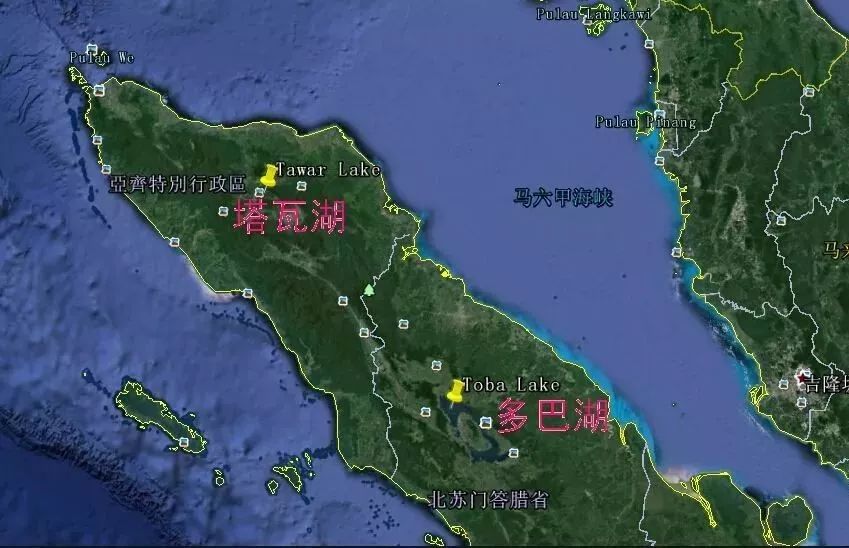
Mantenin, also known as "Sumatran Coffee", the hometown of high-quality Manning, the Toba Lake District, is located at the northern end of the Indonesian island of Sumatra. Lake Lintong, located in the central part of North Sumatra Province, was moved northward to Lake dopa by Dutch colonists in 1888. The area between Lintong and Lake Toba (Medan) in South Sumatra can be called Mantenin, which is produced in the mountains around Lake Toba. The lake is located in the north of Medan, the capital of Sumatra, and belongs to alpine freshwater lakes. The average height is about 900 m above sea level. Mantenin usually refers to Timor (Tim) or Ateng varieties grown in the mountains around Lake Toba.
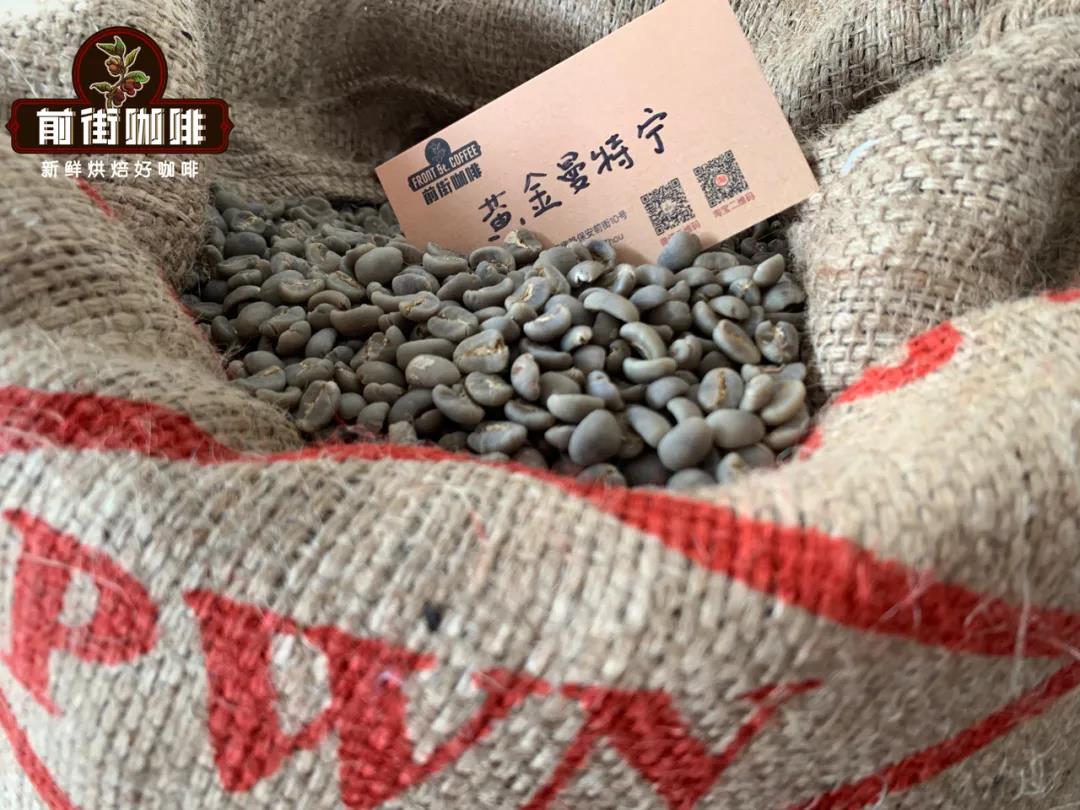
Qianjie Coffee-Indonesia PWN Gold Manning
Producing area: Aceh Jiayu Mountain in Sumatra
Altitude: 1100-1600 m
Variety: Ateng
Grade: G1, 3 times hand selection
Treatment method: wet planing method
On the other hand, PWN Gold Manning, the ace of Qianjie, uses the Ateng breed. And Ateng is the name of Indonesian localized Catimor (Katim). Ateng is very suitable for planting and flavor development in Aceh. The most primitive Katim is a combination of Arabica and Robusta, so if you ask what the Indonesian golden manning variety has to do with the Robusta variety, it is probably that Ateng is the "grandson" of Robusta. These Ateng cups are grown in the Gayo region, along with coffee in Aceh province, north of Sumatra, and Gayo in the slopes surrounding the town of Takegon and Lake Tawa. The average planting height in the production area is between 1110 and 1600 meters. Coffee is planted by shade farmers under shade trees, showing a peculiar flavor, low depth and lively and full-bodied flavor.
The origin of the name of Manning coffee
Mantenin of Indonesian Coffee originally refers to a tribal name in Indonesia. Japanese soldiers returned to Japan after colonization in Indonesia, thinking about the local delicious coffee, so with the help of trading friends, they asked the locals to help collect high-quality coffee beans, including this Mantenin. The Japanese are very fond of this coffee bean, because the commercial source is not convenient to disclose, the local people casually said "Mantenin", so Mantenin was mistakenly bumped into the name of the coffee bean. This local is the boss of Indonesia's PWN Company (Pwani Coffee Company). PWN is the first company to export gold mantenin coffee beans to Japan, and only this company's Mantenin is Zhenggang's golden mantenin. Qianjie coffee has been using PWN gold Manning for many years. PWN also started with a bag of 60kg and then replaced it with a bag of 30kg. The producing area has also been changed from Lindong to GAYO Mountain.
How to distinguish the real PWN gold Manning?
Seriously affected by the epidemic, compared with previous years, the resources of ships from Indonesia to China are very tight, and the new production season of gold Manning, which was originally scheduled to arrive in Hong Kong in October, arrived a month later. Compared with other mantenins, golden manning has stronger aromas of sweet and sugar. Although we all know that only PWN Manning will be called gold manning, but in fact the annual output of PWN is not much, so a large part of the selected gold manning is not from PWN, if you are not sure, you might as well ask the seller to provide PWN raw bean sacks or the certificate attached with the beans to know whether it is what we call PWN gold manning.
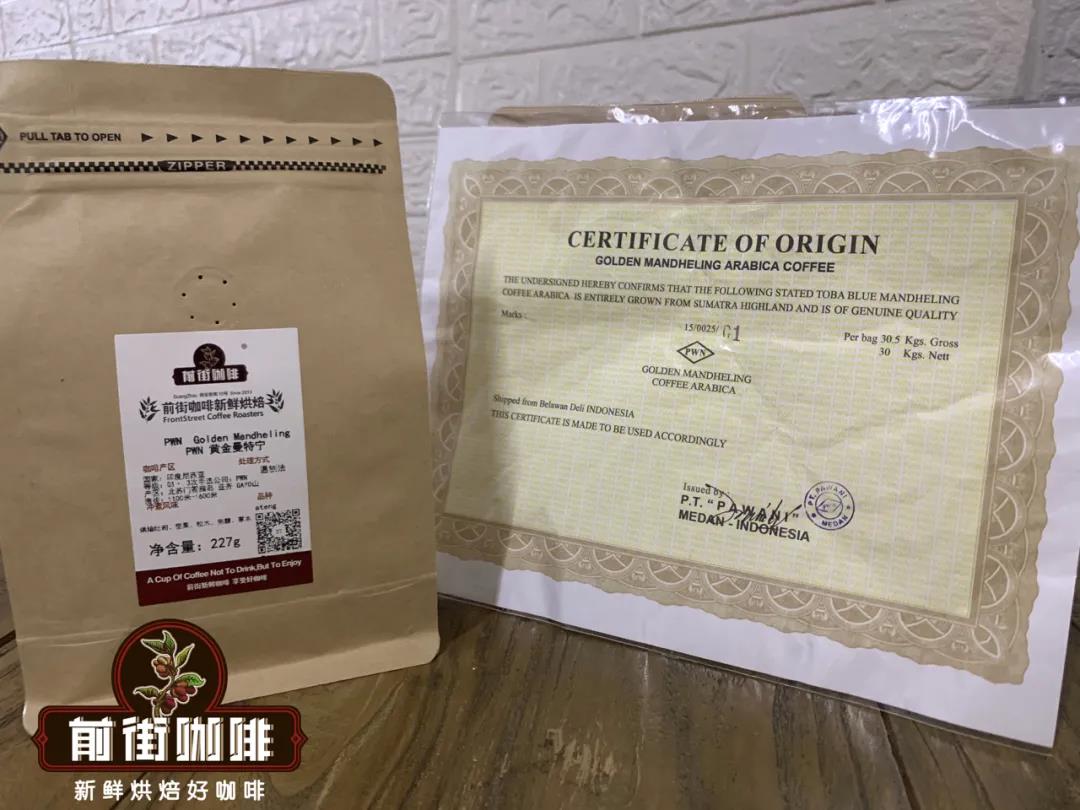
Why is the PWN gold manning of Qianjie coffee so popular?
The specification of Gold Manning is more than 18 mesh, and there are less than 3 defective beans (300g raw bean samples). It belongs to the highest grade G1, the color is dark green, and it is a neat flat bean. After strict screening for 4 times, Golden Manning not only does not have the unique soil flavor of ordinary Manning, but also tastes cleaner and brighter, and the fragrance and sweetness is more intense. Qianjie baristas have tried to test blindly in seven Indonesian Mantenin coffee beans, and all Qianjie baristas can identify them immediately, so they can see how different they are.
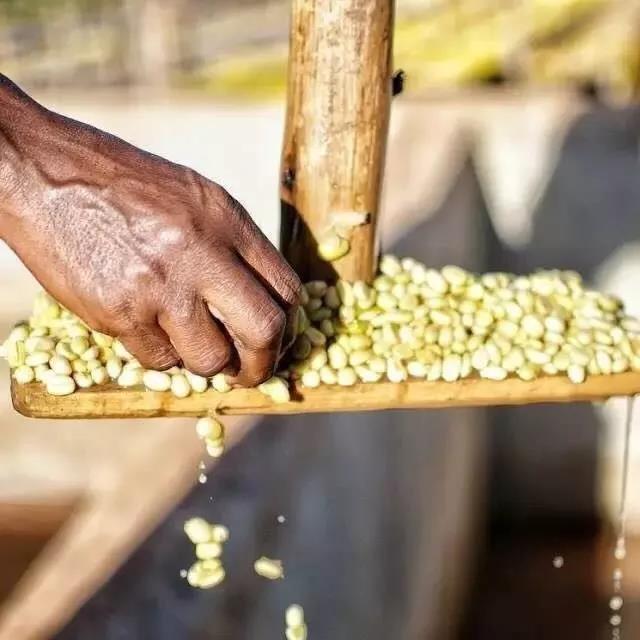
A unique method for the treatment of raw coffee beans in Indonesia-- wet planing
Mantning coffee mostly uses Sumatra's unique coffee bean treatment method-wet planing method. As the local weather is often dominated by Rain Water, with continuous typhoons, it is unable to achieve the good weather needed for the sun, and the local economy is not good, so it is also impossible to use the more expensive way of washing, thus giving rise to the wet planing method with local characteristics. Now the development of coffee in Indonesia is no longer as poor as it used to be, and there are many manors and companies that have certain conditions to use the washing method, but why have they not abandoned the wet planing method? Qianjie Coffee feels that the wet planing method is the factor that has brought Mantenin Coffee to the world. When it comes to Manteni Coffee, I think of the wet planing method, so they already complement each other. The specific steps of the wet planing method can be divided into the following two stages: in the first stage, the peel and pulp are removed by a wooden peeling machine, and after fermentation for 3 hours, the moisture content is reduced to 30-50% of the semi-dry and semi-wet. In the second stage, the pectin and sheep skin were removed and the latter part of the drying process took 2-4 days, and the moisture content was reduced to 12-13%.
West Java producing area
The West Java producing area of Indonesia is a first-class administrative district of Indonesia. Located in the western part of Java, facing the Java Sea to the north and the Indian Ocean to the south, including offshore islands, covering an area of 46300 square kilometers, Java has a tropical rain forest climate, which is hot and humid all the year round. The plains along the northern coast have the highest temperatures, while the mountains are much cooler. High humidity often creates a debilitating climate. From November to March of the following year is the northwest monsoon period, rainy and cloudy; from April to October is the southeast monsoon period, with more sunny days and less rainfall. The average annual rainfall in Jakarta is about 1760 mm (69 inches). The average daily maximum temperature in Jakarta is 30 ℃ (86 ℉) and the lowest is 23 ℃ (74 ℉). In the highlands of Tosari (Tosari, 1735 m (5692 ft) above sea level), the average temperature is 22 ℃ (72 Murray 47 ℉). Because volcanic ash periodically fertilizes the land, the soil in Java is very fertile.
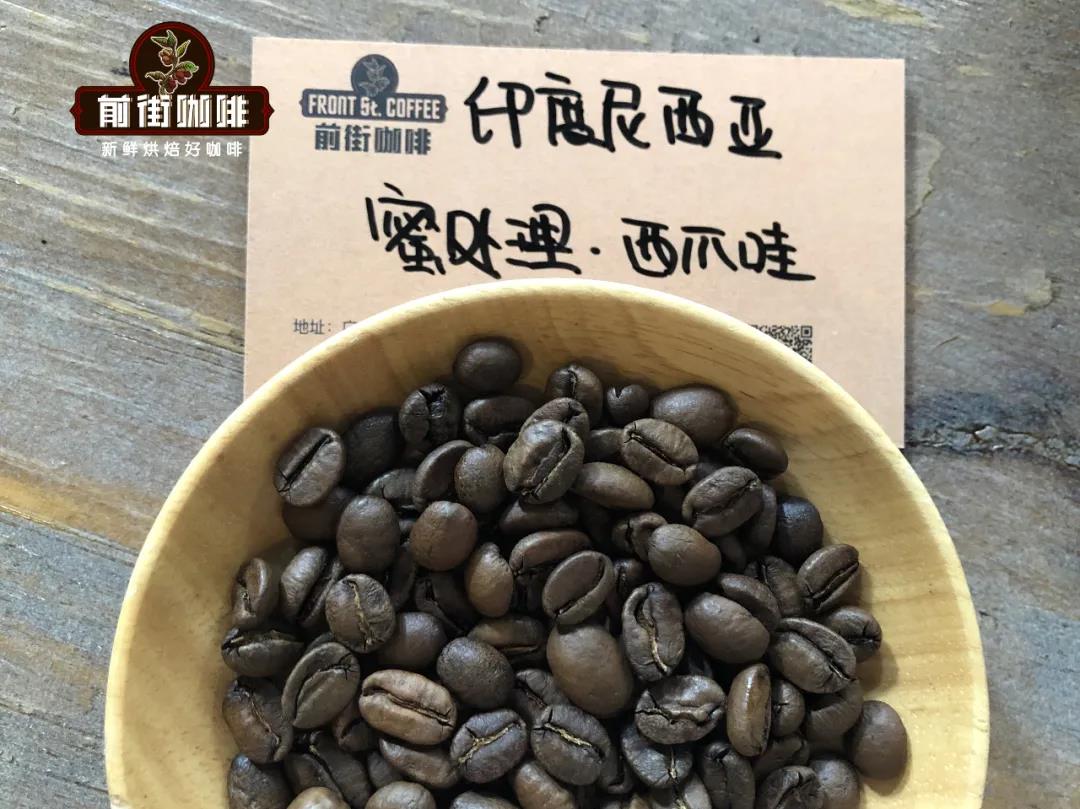
Front Street Coffee-Indonesian West Java Edini Coffee beans
Producing area: Tiegula Mountain, West Java
Altitude: 1400-1600m
Variety: S795/Jember
Treatment method: sun honey treatment
A honey-treated West Java coffee bean variety from Qianjie is very special. This bean uses S795, the color of the bean is blue and green, and its original tree species natural variation comes from S288, which was originally an excellent hybrid cultivated in India in 1946. The predecessor of S288 was named S26 after the mixture of S288 (the first generation) and Typica, because the first generation of S288 was crossed between Arabica and Liberian Liberica and always had the fishy smell of Liberika. Indian botanists then used the first generation of S288 and Typica hybrid Kent and the second generation of S288 to become the present S795. Local farmers call S795 Jembe because it is planted by Javanese farmers after introducing local varieties from India by the Provera Coffee Research Center (Jember Coffee Research Center) in East Java.
Coffee and bean honey treatment
Honey treatment is the best treatment in Costa Rica, and it is rarely used in Indonesian coffee, but it is used in West Java to increase the complexity and taste of coffee. Honey treatment is to pick the ripe coffee fruit, peel and separate the coffee seeds, and then spread the coffee seeds with coffee pectin layer on the drying rack for a long time to dry.
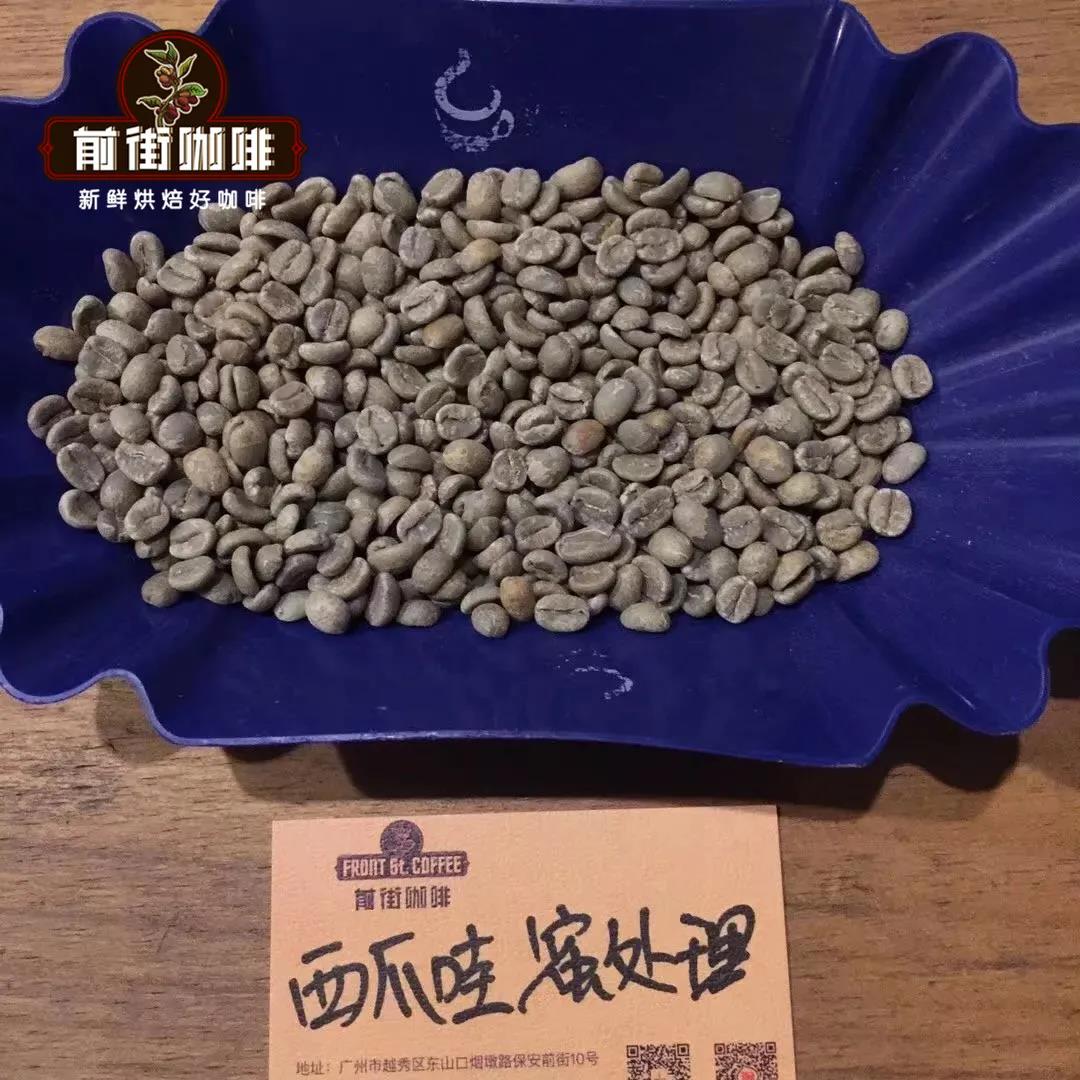
During the period, the hands should be turned continuously so that the coffee beans can be fermented evenly to avoid excessive fermentation and corruption. This coffee pectin has a mucous, honey-like state and is named honey treatment. Qianjie Coffee tested this honey-treated coffee bean cup and found that the main feature of this bean is its complex sweetness and fruity aroma, which is more obvious than that of African Yega Chuefei, which is also famous for its floral aroma. Its taste spectrum is inclined to the tropical fruits with heavy flavors such as mango and polo honey, which are complex and calm, while the unique honey treatment techniques bring a faint flavor of red wine.
Producing area of Sulawesi Island, Indonesia
Formerly known as Celebes, Sulawesi is one of the oldest islands in the archipelago, exposing rocks for more than a million years. Soils like yellowish-red ash are found in coffee-producing areas. These soils often have several layers of clay beneath the surface, which are rich in iron. The most famous producing area is in the high mountains of Toraja in the south of Sulawesi. The coffee beans produced by Toraja are also rare boutique beans in the world, with an annual output of about 1000 metric tons. They are distributed in the rugged slopes of the middle and southwest of Sulawesi Island at an altitude of about 1200m. It is not easy to plant and harvest beans, with an average annual yield of only 300kg per hectare. Semi-washing treatment is a common treatment in Sulawesi Island.
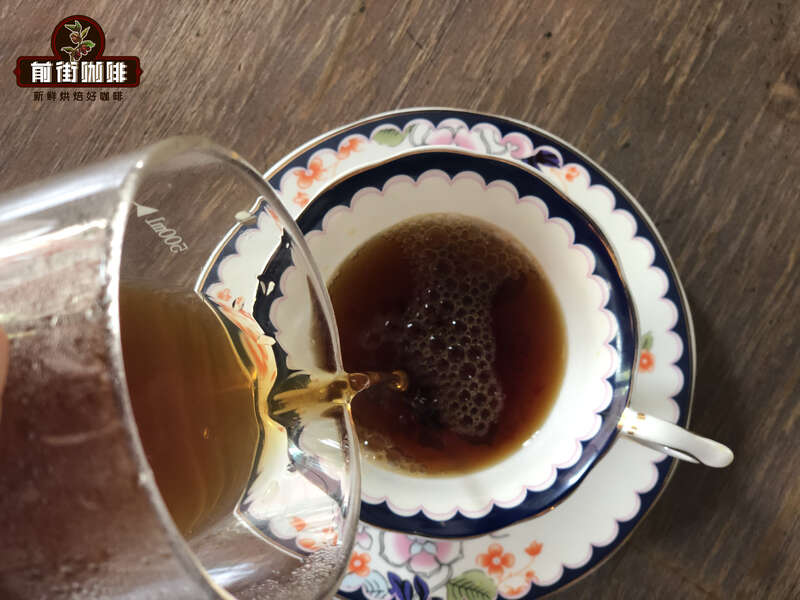
Semi-washing treatment of coffee beans
Because it is planted in the plateau with inconvenient transportation, there is not too much water resources. The local farmers will soak the coffee berries in a basin, ferment them in plastic bags, and then dry them with parchment. After drying (water content between 11-13%), it is transported from the mountainous area to Caloxi at the foot of the mountain, where it is sold to intermediaries or processing plants for follow-up processing and refinement, so the Kalosi area has become an important coffee distribution center. This is why some people call Toraja Coffee Kalosi Coffee. The coffee beans in this treatment not only retain their floral characteristics, but also linger in the mouth with the mild acidity of the coffee beans with some ripe grapes, clean but solid taste, and the sweetness of caramel in the back.
For more boutique coffee beans, please add private Qianjie coffee on Wechat. WeChat account: kaixinguoguo0925
Important Notice :
前街咖啡 FrontStreet Coffee has moved to new addredd:
FrontStreet Coffee Address: 315,Donghua East Road,GuangZhou
Tel:020 38364473
- Prev

Indonesian Mantenin Coffee Bean Flavor _ how to drink Indonesian Coffee beans | is Indonesian coffee beans expensive
Professional coffee knowledge exchange more coffee bean information please follow Coffee Workshop (Wechat official account cafe_style) 01 | Indonesia is an archipelago country, mainly in Sumatra, Java and Sulawesi. The northern part of Sumatra is relatively high above sea level. Aceh, where Lake Tawa is located, and North Sumatra, where Lake Toba is located, are the main Alas.
- Next
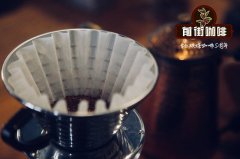
Why don't you drink Indonesian Kopi Luwak no matter how much it costs? The cruel truth behind Kopi Luwak!
Professional coffee knowledge exchange more coffee bean information Please follow the coffee workshop (Wechat official account cafe_style) many people have definitely heard of it even if they have never had it, but when the Kopi Luwak-making process slowly emerged, some cruel truths gradually came out. The Kopi Luwak production process is unacceptable! Netizen: I really can't drink it, it's too cruel! Cat shit
Related
- Does Rose Summer choose Blue, Green or Red? Detailed explanation of Rose Summer Coffee plots and Classification in Panamanian Jade Manor
- What is the difference between the origin, producing area, processing plant, cooperative and manor of coffee beans?
- How fine does the espresso powder fit? how to grind the espresso?
- Sca coffee roasting degree color card coffee roasting degree 8 roasting color values what do you mean?
- The practice of lattes: how to make lattes at home
- Introduction to Indonesian Fine Coffee beans-- Java Coffee producing area of Indonesian Arabica Coffee
- How much will the flavor of light and medium roasted rose summer be expressed? What baking level is rose summer suitable for?
- Introduction to the characteristics of washing, sun-drying or wet-planing coffee commonly used in Mantenin, Indonesia
- Price characteristics of Arabica Coffee Bean Starbucks introduction to Manning Coffee Bean Taste producing area Variety Manor
- What is the authentic Yega flavor? What are the flavor characteristics of the really excellent Yejasuffi coffee beans?

